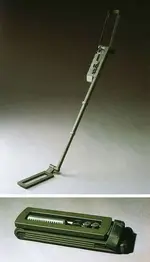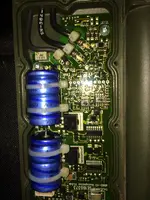Hal Croves
Silver Member
More than coincidental. An old saying in hardrock mining is that Iron is the Mother of Gold. Where you find black sand, you can USUALLY find gold. Black sand is a lot of iron and hematite. If you look at many gold/quartz veins, you will also find dark red stained rocks. That red stain is from the iron oxidizing when exposed to the atmosphere, then leaching out onto the rock.
While black sand is USUALLY a very good indicator of gold, the old fashioned way to find an outcrop vein is to start at a bend or large boulder in a creek. This is where the water slows down, and the gold being carried by the currents drop to the bottom. If you pan where the water slows down, and you find even a small bit of gold, that means it came from somewhere upstream. A prospector's job is to find out where upstream that gold came from. How you do that is to start as before. Keep moving upstream about 100 yards at a time. Every 100 yards or so, sample the bottom of the creekbed and pan it. As long as you keep getting gold (even a tiny bit), keep moving upstream. When you get to the point where you stop getting gold in your pan, go back about 50 yards and sample pan again. No gold? Move another 25 yards or so downstream. Keep going back the way you came, until you start getting gold again. From here, start moving up the side of the creek/arroyo. Up one side or the other is the vein you have been chasing from the slow water (unless the gold you found was all that is left from a pocket that weathered away HAHAHA).
Here is a chunk of almost pure Iron Ore and magnetite from an old Spanish Iron Mine in the Supers (the one from Ryan's Video):
View attachment 1245755
Hope that helps - Mike
Very helpful Mike.
Thanks.







